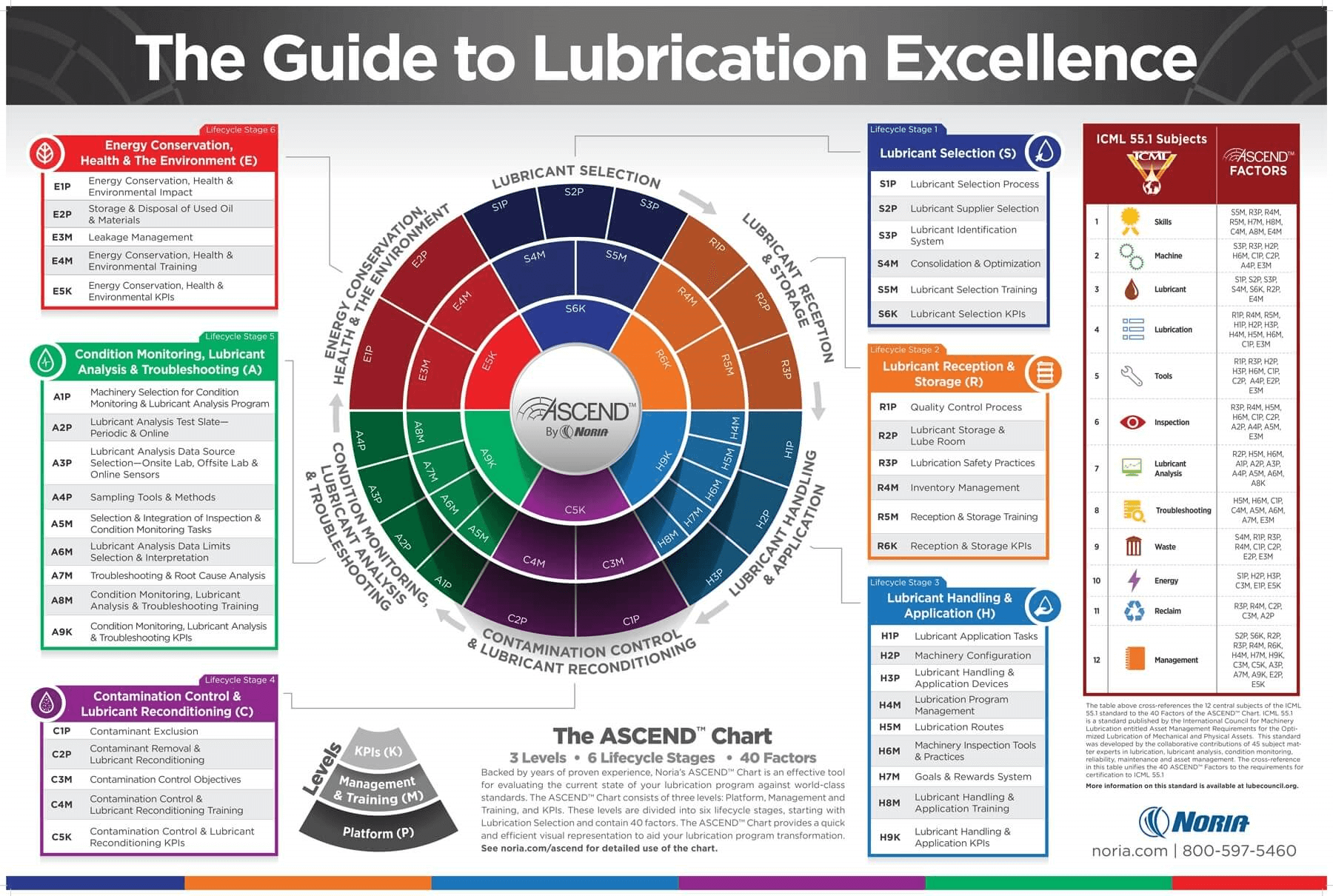Learn how to design an effective lubrication program to optimize machinery performance and reliability. Explore essential components, strategies, and best practices to enhance operational efficiency and longevity.

In today's industrial landscape, designing an effective lubrication program is crucial for optimizing equipment performance, reducing maintenance costs, and extending machinery life. As outlined in the comprehensive article from Machinery Lubrication, a well-structured lubrication program is not just about applying the right lubricant; it involves a strategic approach to ensure consistency and reliability in machinery operations. This blog post delves into the essential aspects of lubrication program design and highlights how you can implement these strategies for better results.
Understanding Lubrication Program Design
A lubrication program is a systematic approach to managing the lubrication needs of machinery. It encompasses everything from selecting the appropriate lubricants to implementing procedures for their application and monitoring. The goal is to ensure that machinery operates efficiently, with minimal downtime and reduced maintenance costs.
Key Components of an Effective Lubrication Program
1. Assessing Equipment Needs
The first step in designing a lubrication program is to assess the specific needs of your equipment. This involves understanding the operational conditions, such as temperature, load, and speed, which can impact lubricant performance. By conducting a thorough equipment assessment, you can determine the type and quantity of lubricant required for each machine.
2. Selecting the Right Lubricant
Choosing the right lubricant is critical for optimizing equipment performance. Factors to consider include the lubricant's viscosity, additive package, and compatibility with the equipment. The selection process should be based on manufacturer recommendations and the operational environment. For example, high-temperature applications may require specialized high-temperature lubricants.
3. Establishing Lubrication Procedures
Once the right lubricants are selected, establishing clear lubrication procedures is essential. This includes determining the frequency of lubrication, the method of application (manual or automated), and the quantity of lubricant to be applied. Documenting these procedures ensures consistency and helps in maintaining proper lubrication practices.
4. Implementing a Lubrication Schedule
A well-designed lubrication schedule is vital for maintaining machinery in optimal condition. This schedule should outline the timing and frequency of lubricant application based on the equipment's operational requirements. Regularly updating the schedule to reflect any changes in equipment usage or conditions is important for ongoing effectiveness.
5. Training and Education
Effective lubrication program design also involves training and educating personnel. Staff should be well-informed about lubrication best practices, equipment-specific requirements, and the importance of following established procedures. Regular training sessions can help prevent common lubrication-related issues and enhance overall program success.
6. Monitoring and Evaluating Program Effectiveness
Continuous monitoring and evaluation are crucial for assessing the effectiveness of a lubrication program. This involves tracking key performance indicators (KPIs), such as equipment downtime, maintenance costs, and lubricant consumption. Regularly reviewing these metrics helps in identifying areas for improvement and making necessary adjustments to the program.
7. Using Technology and Tools
Leveraging technology and tools can significantly enhance the efficiency of a lubrication program. Automated lubrication systems, oil analysis tools, and condition monitoring equipment can provide real-time data and insights, helping to optimize lubrication practices and improve overall machinery reliability.
Conclusion
Designing an effective lubrication program is essential for achieving optimal machinery performance and reducing maintenance costs. By following the strategies outlined in this article, including assessing equipment needs, selecting the right lubricants, establishing clear procedures, and implementing a robust lubrication schedule, you can ensure that your equipment operates efficiently and reliably.
For organizations looking to develop or enhance their lubrication programs, our Lubrication Program Development offers expert consultancy and support. Our training program provides comprehensive guidance on designing, implementing, and managing lubrication programs tailored to your specific needs. With our expertise, you can achieve a more reliable and cost-effective lubrication strategy that enhances your overall equipment performance.

By partnering with us, you gain access to industry-leading knowledge and resources that ensure your lubrication program is efficient, effective, and sustainable. We are committed to helping you achieve the highest standards of machinery reliability and operational excellence. Contact us today to learn more about our services and how we can assist you in achieving your maintenance goals.


